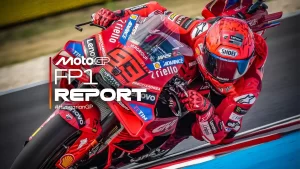The rise of fake Labubu collectibles has sparked heated discussion among fans and toy enthusiasts. While the original Labubu from Pop Mart enjoys global popularity, counterfeit versions are flooding the market. This phenomenon raises an important question: can Pop Mart keep pace with the growing demand while safeguarding its brand identity?
Why Fake Labubu Are So Popular
Counterfeit Labubu toys are gaining traction for a simple reason: price. Many fans want to own a Labubu figure but find the official ones too costly or difficult to obtain. Fake Labubu products, often sold at a fraction of the original price, offer an accessible alternative.
Another factor driving the fake Labubu trend is social media. Platforms like TikTok and Instagram showcase collections, often without clarifying whether the figures are authentic. As a result, casual buyers are less concerned about authenticity and more focused on aesthetics.
Pop Mart’s Struggle Against Counterfeits
Pop Mart faces a major challenge. On one hand, the company must protect its intellectual property. On the other, it cannot ignore the fact that demand for Labubu far exceeds supply. Limited-edition releases sell out in minutes, leaving many fans frustrated and vulnerable to counterfeit markets.
To address this, Pop Mart has introduced stricter authentication measures, such as QR codes and holographic stickers. However, counterfeiters are also improving their techniques, making it harder for buyers to distinguish fakes from genuine products.
Impact on Collectors and the Market
The popularity of fake Labubu has a mixed impact on the community. Hardcore collectors insist on authenticity, seeing original Pop Mart toys as investments. Meanwhile, casual fans may not care whether their Labubu is real or fake, as long as it looks good on display.
This division creates a new dynamic in the toy market. Collectors are pushing up the resale value of authentic Labubu, while fakes saturate online platforms and local markets. The result is a confusing ecosystem where buyers must carefully navigate authenticity versus affordability.
Can Pop Mart Keep Up?
For Pop Mart, the solution may lie in balance. Expanding production could help meet demand and reduce the appeal of counterfeits. At the same time, the brand must continue innovating to maintain exclusivity and desirability.
Partnerships with global retailers, improved online availability, and community-driven campaigns may also help Pop Mart strengthen its position. If the company fails to adapt, the fake Labubu trend could undermine the very value that makes the brand iconic.
You may like this : Android OS is Increasingly Being Abandoned in China – Here’s the Replacement
Conclusion
The fake Labubu craze reveals both the strength and the vulnerability of Pop Mart’s success. While the popularity of these toys reflects their cultural impact, counterfeits threaten to erode trust in the brand. The challenge now is for Pop Mart to evolve—offering accessibility without sacrificing exclusivity.
For collectors and fans alike, the debate over authenticity versus affordability will continue. But one thing is clear: Labubu, whether real or fake, has become more than just a toy—it’s a cultural symbol.
You may like this : Is Metaverse the Future of Entertainment?

